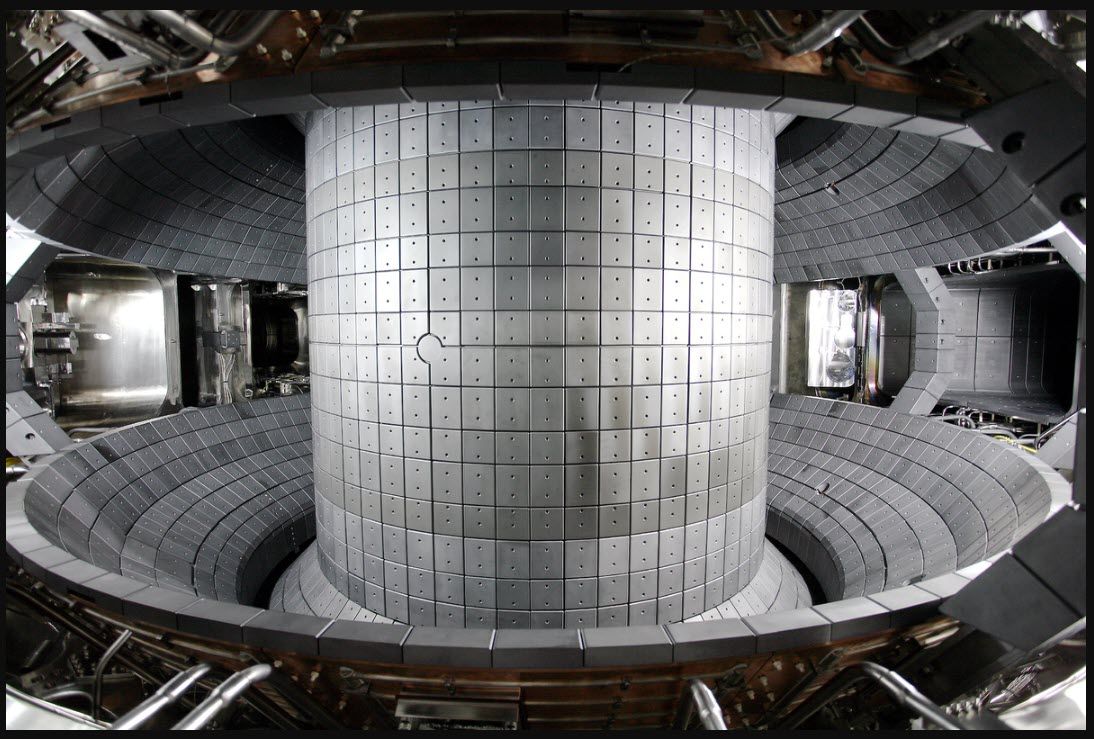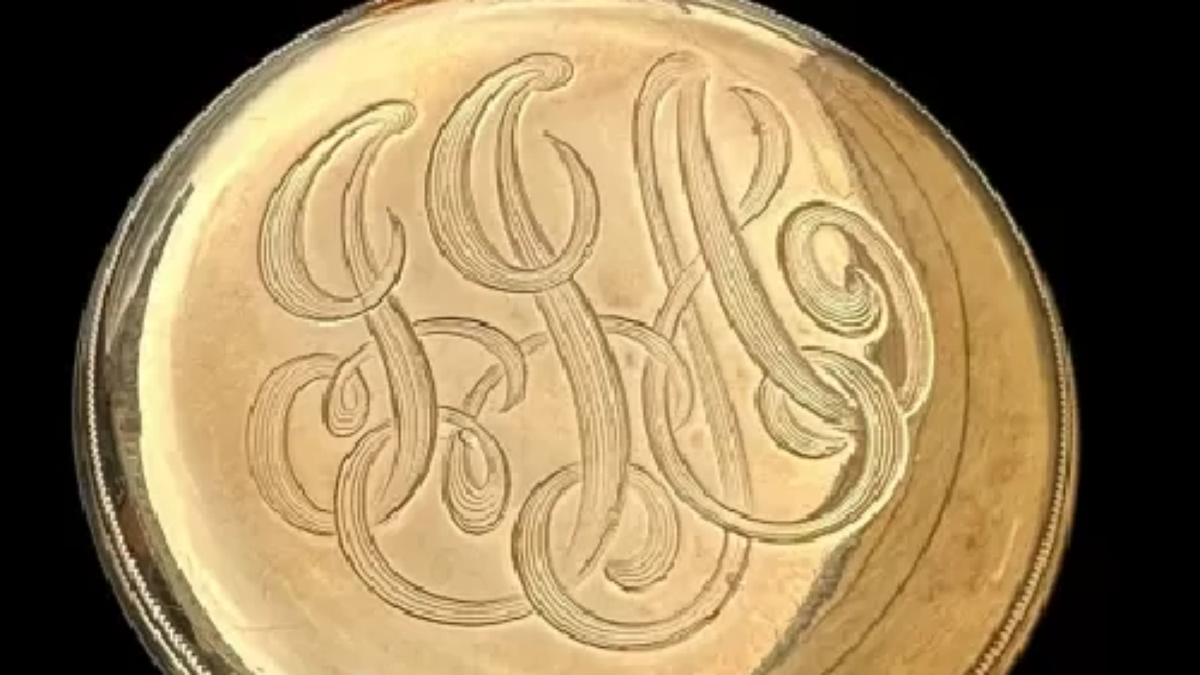An unusual earthquake measuring 6.3 on the Richter scale occurred under Granada (Spain) in April 2010, emitting strange seismic waves that were picked up by monitoring stations in Spain and Morocco.
Researchers now believe that the unusual seismic signals were caused by a large piece of oceanic crust sinking into the Earth's mantle and completely overturning in the process.
Read more:
Study captures unusual movement of oceanic plate
- The study was led by Daoyuan Sun of the University of Science and Technology of China and Megan S. Miller from the Australian National University.
- He revealed that seismic data derived from the earthquake indicate that a submerged oceanic plate quickly descended into the Earth's mantle and overturned;
- This means that the water that was carrying it on its surface is now underneath it;
- Although these findings seem strange, it is hoped that they will help researchers better understand the complex tectonic structure of the point in the western Mediterranean basin where Africa and Eurasia meet.
Initially, we did not intend to better understand the mechanisms of deep earthquakes, as many previous studies have studied the source well. Our goal was to draw the waveforms purely out of curiosity, as there is a lot to learn from individual waveforms when it comes time to observe them up close. Upon inspection we notice these strange arrivals, including the long end and extra stage.
Daoyuan Sun of the University of Science and Technology of China said in a statement
Understanding deep earthquakes
According to the IFLScienceIn particular, the research is expected to shed new light on the area called the Betic Alboran Rif, which contains an arc formed by the Betic Mountain Range in Spain and the Rif Mountain Range in Morocco, as well as the Alboran Sea Basin. East of the Strait of Gibraltar.
Furthermore, the study could contribute to our understanding of the mechanisms behind rare deep earthquakes that sometimes occur more than 600 kilometers beneath the region. The researchers noted that earthquake coda waves — the signature of residual vibrations at the end of a seismogram — persisted for an unusually long time after the 2010 earthquake. These vibrations were picked up by monitoring stations in Morocco.
There were also signs of what they refer to as an additional late phase of primary P waves—pressure waves that travel faster than other waves through the Earth and are therefore detected first—that followed the regular P waves picked up by the stations. .
An inverted oceanic plate
The team concluded that the long duration of the coda waves and the additional phase of the P waves can be explained by a low-velocity layer at the base of the Alboran plate.
Low-velocity layers, which slow and absorb seismic waves, often indicate that the waves passed through molten or liquid material. Subducting plates may have a low-velocity layer on their surface, created by the water they transport into the mantle.
The low-velocity layer may also explain the deep earthquakes around Spain. This is because it indicates the presence of hydrated magnesium silicate containing water at depths of up to 600 km. Once dried, silicates become so brittle that they can trigger deep earthquakes.
Here, through detailed waveform modeling, we are able to visualize the low-velocity layer below the slab surface as it dips toward the northeast, in contrast to a normal subducting slab with a low-velocity layer above the slab surface. This strange event between the slab and the low-velocity layer suggests the occurrence of an inverted boran slab.
Daoyuan Sun of the University of Science and Technology of China said in a statement
Conclusions and next steps
Hydrated silicates can also provide seismologists with information about the speed of subduction of plates in an area. The hydrated magnesium silicate means that “a large amount of water was transported into the mantle transition zone, indicating a relatively cool slab,” Sun noted, and believes this study may provide a reasonable lower bound on the subduction speed in this region. . region.
Given the relatively young age of the seafloor in the western Mediterranean, for the plate to remain cold, the speed of subduction must be very fast, such as a moderate speed of about 70 mm per year. In other words, we believe that our study can provide a reasonable lower bound on the subduction velocity in this region.
Daoyuan Sun of the University of Science and Technology of China said in a statement
The team believes it would be useful to study seismic waveforms produced by deep earthquakes in other locations, such as northeastern China, South America, Sunda Banda, and places such as the Fiji-Tonga region. This would help determine whether they are experiencing similar mechanisms.
The study was published in Seismic record.

“Hardcore beer fanatic. Falls down a lot. Professional coffee fan. Music ninja.”

:strip_icc()/s03.video.glbimg.com/x720/12554906.jpg)





More Stories
A 3.7 billion-year-old magnetic field record gives clues about the formation of life on Earth
Official portal of Campos dos Goytacazes City Hall
Brazilian scientist wins disputed Marie Curie research grant | Sciences